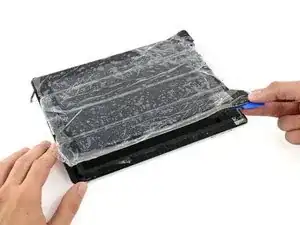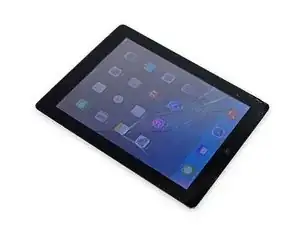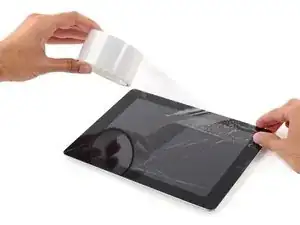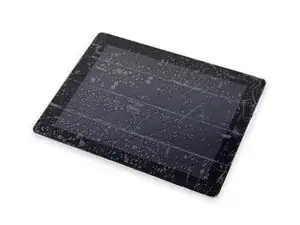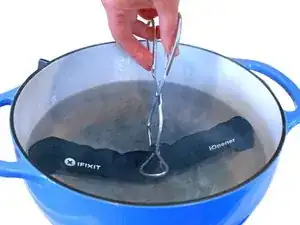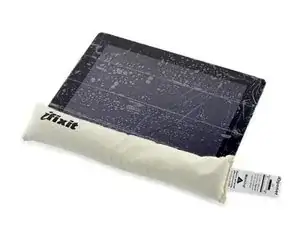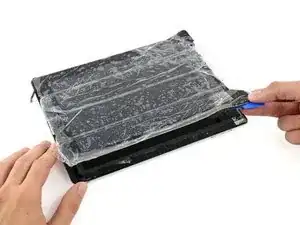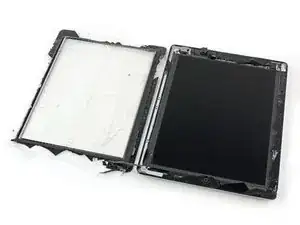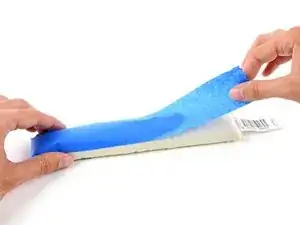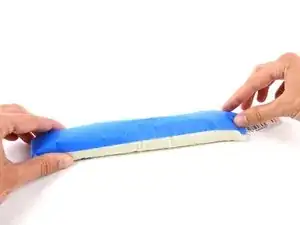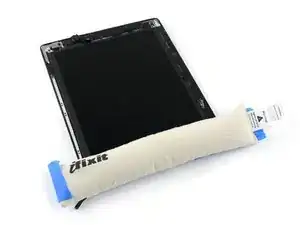Introduction
This procedure is not for the faint of heart. It is very difficult, and can be dangerous if you are not careful and properly equipped. Read the entire procedure before you begin to be sure you're up to the task.
This guide is intended as a generic supplement guide, and should be followed alongside the standard front panel replacement guide for any iPad or iPad Mini.
Tools
-
-
If your display glass is cracked, keep further breakage contained and prevent bodily harm during your repair by taping the glass.
-
Lay overlapping strips of clear packing tape over the iPad's display until the whole face is covered. For particularly bad breaks, you may need to lay down two layers.
-
Do your best to follow the rest of the guide as described. However, once the glass is broken, it will likely continue to crack as you work, and you may need to use a metal prying tool to scoop the glass out.
-
-
-
Heat the iOpener for thirty seconds.
-
Throughout the repair procedure, as the iOpener cools, reheat it in the microwave for an additional thirty seconds at a time.
-
-
-
Remove the iOpener from the microwave, holding it by one of the two flat ends to avoid the hot center.
-
-
-
Fill a pot or pan with enough water to fully submerge an iOpener.
-
Heat the water to a boil. Turn off the heat.
-
Place an iOpener into the hot water for 2-3 minutes. Make sure the iOpener is fully submerged in the water.
-
Use tongs to extract the heated iOpener from the hot water.
-
Thoroughly dry the iOpener with a towel.
-
Your iOpener is ready for use! If you need to reheat the iOpener, heat the water to a boil, turn off the heat, and place the iOpener in the water for 2-3 minutes.
-
-
-
Use your hot iOpener to heat up all four edges of the front panel. Let the iOpener rest on each edge for at least 90 seconds, microwaving for 30 seconds at a time as needed.
-
Once all of the adhesive is warmed, pick out the edge with the largest uncracked section of glass.
-
-
-
Work your way around the entire perimeter of the front panel with an opening pick.
-
Remove the taped-together glass panel from the iPad. Be careful as this will have sharp edges and may drop pieces of glass. Dispose of safely.
-
-
-
To protect your iOpener from the glass and keep it from filling with glass dust, stick some masking tape to one side.
-
Heat the iOpener and apply it to one edge of the iPad, directly on top of the pieces of glass that are still adhered to the rear case of the iPad.
-
Leave the iOpener there for at least 90 seconds, to soften the adhesive holding these small pieces in place.
-
-
-
Grab your favorite plastic tool and start prying out the remaining pieces of glass from the iPad frame.
-
This is a slow and tedious process, but benefits greatly from heating the adhesive.
-
Remove all of the glass and residual adhesive and continue your repair.
-
To reassemble your device, follow these instructions in reverse order.
One comment
During step 9, if you can manage to grab an end of the adhesive going under glass, see if you can slowly pull it out and to the side of the frame. If the strip doesn’t break too much, this should greatly reduce shard spread and increase speed!
